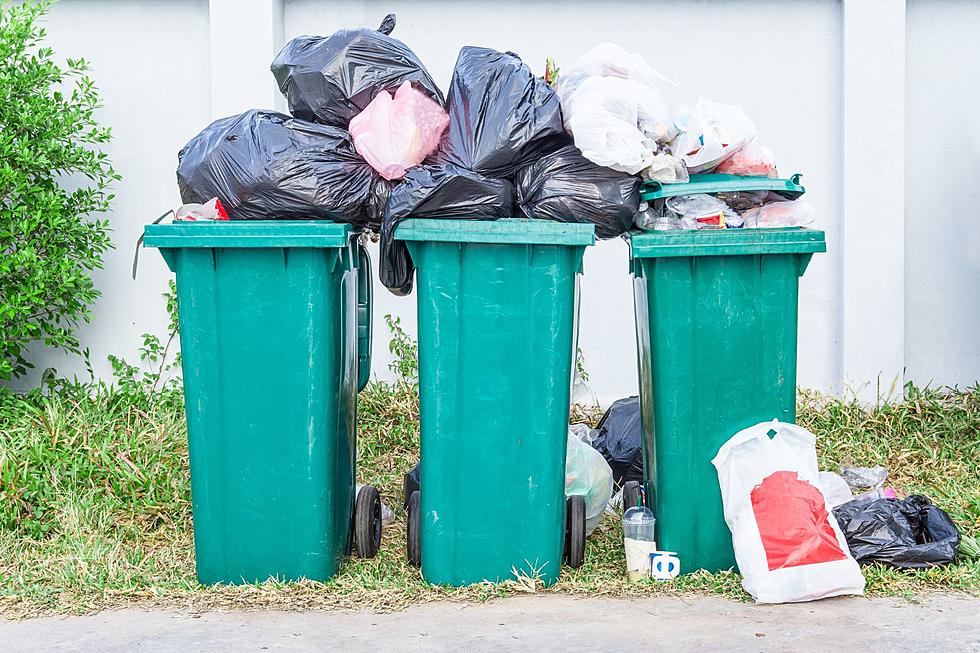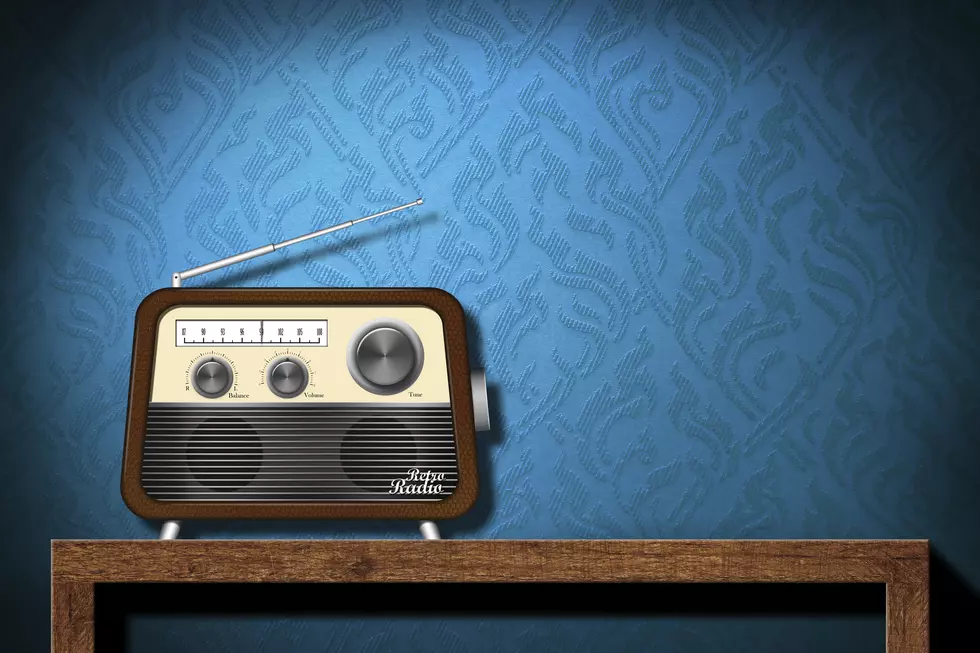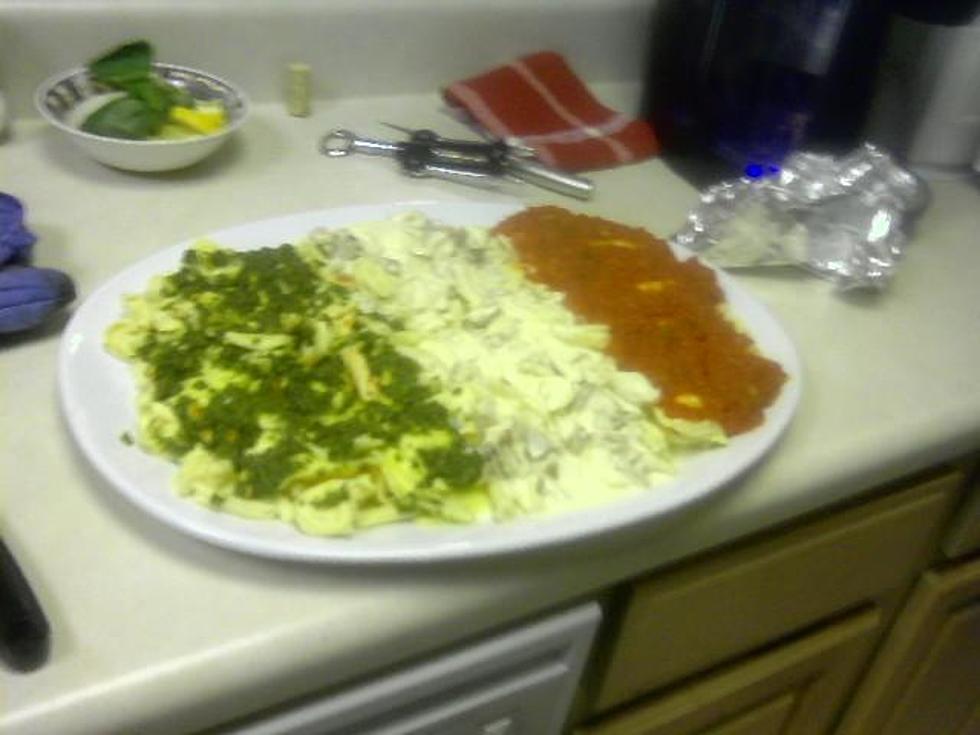Heroin Uncut: A stark, honest look at New Jersey’s drug problem
My name is Jay Lassiter, and I’m a drug addict.
Crystal meth was my drug of choice, especially at the end — but in my heyday, I’d probably snuff, snort, shoot or smoke whatever was in front it me.
I’ve been a guest on New Jersey 101.5 many times over the years, advocating for a more sensible approach to drugs and addiction here in New Jersey. I’m exited the station brought me on board as part of 101.5’s increased focus on NJ’s heroin crisis. Welcome to Episode 1 of Heroin Uncut, to be presented in videos, articles and podcast episodes over the next dozen or so weeks.
As you know, New Jersey’s insatiable dependence on opiates like OxyContin and heroin has finally come home to roost. In 2016, opiate-related fatalities outpaced deaths from guns, car crashes, and suicides combined, according to an NJ.com report earlier this year.
I’m quarterbacking this new effort because it’s time to move past merely admitting our heroin problem. This series is dedicated to solutions. And that’s why New Jersey 101.5 hired me; to take an honest, painful, unvarnished look at our state’s insatiable appetite for opiates. Admitting we have a problem is hard, but it’s only the first of many, many steps to get back to good.
When I entered rehab back in 2003, my goal was to stop meth and to stop shooting IV drugs. I never planned to stop using cannabis. I like smoking cannabis and there’s nothing wrong with that. I might even have a glass of champagne from time to time as well.
New episodes of Heroin Uncut are released every Saturday on NJ1015.com and on the NJ 101.5 app.
Subscribe to the Heroin Uncut podcast on iTunes and Google Play, or the NJ 101.5 app. Also: Follow Heroin Uncut on Facebook and On Twitter.
For me, that level of recovery is sufficient. For someone else, that glass of champagne could actually put a recovery in jeopardy. Many people must abstain completely and they deserve our support. But for me, I just needed to stay off the hard stuff.
And while heroin was never my first choice, I still managed to shoot plenty of dope.
Today I’m winning against crystal meth. That was my demon. Not pot. Not booze or pills or anything else.
I share this to demonstrate that all recovery stories are unique. A one-size-fits-all solution to our current crisis just won't cut it. Our politicians know this, yet still remain timid. We at New Jersey 101.5 are committed to holding their feet to the fire so they dig deep to find whatever gumption they need to get this done.
I have a lot of goals for this project. Grading our politicians is one of them, for better or worse.
Defining The Problem Problem
Before we really get started, I wanted to share a list of words often used and misused when we talk about the heroin crisis, opiates and addiction in general. The language we use affect how we understand and ultimately how we confront the opiate menace in New Jersey.
So let’s better understand all this together, yeah? Some of these may seem obvious at first, but as you’ll see sometimes these definitions aren’t always so straightforward.
Opiate vs opioid: An Opiate is a drug with morphine-like effects that’s derived from the poppy plant. Opiates include heroin, opium, as well as pharmaceuticals like OxyContin, Percocet and Morphine. Synthetic pharmaceutical opiates like OxyContin are commonly known as opioids. OxyContin is an opioid; heroin isn’t. They’re both opiates, though. Got it?
More than 50,000 Americans died of overdoses in 2015, the latest year for which the Centers for Disease Control and Prevention has published statistics. That's an 11 percent jump from the year before — being driven by opioids. More than 33,000 deaths were attributed to opiods like heroin, fentanyl and several prescription meds.
Narcotic: The definition of this word may vary depending on who’s talking. For a doctor or a pharmacist, the word “narcotic” specifically means any drug derived from opium or opium-like compounds. In the medical lexicon, “narcotic” has for years basically been a synonym for opioid.
Legally, “narcotic” comes with negative connotation and is generally applied to any drug used outside governmental regulations. For someone in law enforcement, narcotic basically means any drug that's illegal. In fact, our current Drug Enforcement Agency used to be called the Bureau of Narcotics and Dangerous Drugs.
So is it weird that cops and doctors might have a totally different meanings to the word “narcotic?” I think so.
Scheduling: The Food and Drug Administration began classifying drugs according to its Drug Schedule back in 1970. It was part of then-President Nixon’s War on Drugs. The FDA and the Drug Enforcement Agency primarily cite two criteria: 1) A drug’s medical promise and 2) Its potential for abuse.
That sounds good until you look at FDA’s incoherent results. This is, after all, the same FDA and DEA telling us, via the scheduling system, that marijuana is more dangerous than methamphetamines and OxyContin .
Pot’s a Schedule 1 narcotic. That means there is NO accepted medical use anywhere in America — even though most Americans live in a state where medical marijuana is already legal.
FENTANYL: This drug is a prescription opiate used to treat severe chronic pain. It’s incredibly addictive, and therefore prone to misuse and abuse. Commonly sold as a heroin additive, Fentanyl is up to 100 times more potent than morphine. To most people that’s scary. But to a heroin addict, it’s a potential monster buzz.
The fentanyl menace is why our overdose mortality rates have shot through the roof these past couple years. Contact with fentanyl, even trace amounts, represents a growing, recurring danger to our paramedics and law enforcement.
The fentanyl menace is so bad, police in some jurisdictions now carry opiate reversal kits for their sniffer dogs who suffer from fentanyl exposure.
NARCAN: A brand name for naloxone, Narcan is an opiate blocker often deployed to reverse an overdose. A nasal mist, Narcan works by blocking the effects of opiate on the body. Used by paramedics for decades, Narcan is standard gear in police cars as well. School nurses have it. It’s so bad even librarians are training how to reverse an OD with Narcan.
While Narcan remains a powerful tool helping drug abusers to fight another day, it also shows how far into the opiate abyss we’ve fallen. Politicians hype Narcan like it’s the greatest thing ever, but two week from now, in Episode 3, we’ll reveal why Narcan actually proves we're doing this all wrong.
Why Language Matters
Our government’s mixed-messaging on drug policy — especially this scheduling stuff — comes at great cost, especially to our own credibility. Most especially, with children who deserve an honest, real-world conversation about the real risks of all drugs, including legal ones like alcohol and (in some places) cannabis.
Two-thousand New Jerseyans will die from opiates this year, So having the “heroin talk” with our kids can be a matter of life or death. Do we wanna convince our kids to abstain from all drugs as long as possible? Obviously, yes. So let’s try being more honest with our kids than the government has been. Enough with the scare tacticts.
In our next installment, we’ll cover dirty needles and Sex for Drugs. Basically something to make everyone feel uncomfortable!
Keep up with Heroin Uncut: Thanks for coming on board. Don’t forget to check out our webpage at HeroinUncit.com. Most importantly, subscribe to the Heroin Uncut on iTunes, Google Play or the New Jersey 101.5 app.
More From New Jersey 101.5 FM









